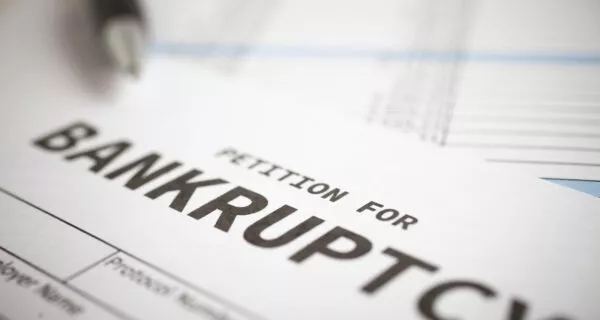The COVID-19 pandemic may be waning, but the damage and disruption to all sorts of businesses caused by it linger on. Although new bankruptcy petitions filed thus far in 2021 are substantially fewer than the record number filed in 2020, consumer-facing businesses remain vulnerable to external conditions beyond their control with a likely ripple effect throughout the economy. A bankruptcy filing by a significant customer almost always carries painful consequences to a supplier or service provider. Those consequences are, in no particular order of pain – Statutory defenses available to a creditor This is not frivolous advice. The Bankruptcy Code provides a number of defenses that often are available to the besieged creditor. It is not uncommon for one or more of these statutory defenses to fit the creditor’s circumstances, more or less comfortably. In many cases, the fit is close enough to provide the basis of a coherent argument that will lead to an economically tolerable settlement. To sum up, bankruptcy is a legally and commercially complex subject with outcomes depending on the unique characteristics of the relationship between the creditor and the debtor that winds up in bankruptcy. Every business entity that provides goods or services on open account is exposed to being dragged into the swamp of a bankruptcy proceeding. Unfortunately, the typical business entity cannot – as a practical matter – make the kind of credit evaluation of a prospective customer that a prudent commercial lender will make of a prospective borrower, nor can it obtain a security interest in the assets of a customer or erect other protections against the risks of a customer’s insolvency. When a company finds itself a creditor of a bankrupt customer or client, and that happens to the best of us, it should understand that it is in dangerous territory. However, with the right help, minimizing losses may be possible. If you would like to learn more about the defenses available to creditors when a preference avoidance claim is raised, please contact Lew Segal at [email protected]. Lew Segal is a Member of Outside GC’s New England-based team with extensive experience as a business lawyer and senior business executive. His practice has focused on business entity formations, acquisitions and divestitures, complex contract negotiation and drafting, corporate and commercial financing, and advising senior corporate management teams and boards of directors on a wide range of issues, including bankruptcy filings by customers or clients. Lew can be reached at [email protected].
Enforcement of avoidable preferences, a true insult added to a previously absorbed injury, typically begins when the creditor receives a letter from the debtor’s attorney or its trustee demanding payment of all amounts paid by the debtor during the preference period in the amount as set forth in the letter. If the distraught creditor is my client, my immediate advice – made in blissful ignorance of the pertinent facts – is “please do not write out a check until we look at the possible statutory defenses.”
Now we’ve come to the hard part – the explanation of the Code’s principal statutory defenses. The statutory language itself and the many judicial opinions interpreting the statutes are convoluted and inconsistent. The unique facts of each case weigh heavily on the applicability of any defense. Hopefully, the below summary will be comprehensible to anyone reading this post:
The financial records of both the creditor and the debtor must be consulted to determine whether clauses (A) and (B) apply. In the ideal case (which I have never actually seen in my many years of practice), the records will show that the creditor delivered product to the debtor on let’s say the first day of each month and that the debtor paid the invoices for such products within let’s say thirty days of delivery. Only a reasonable level of correspondence between the time of delivery or performance by the creditor and the time of payment by the debtor is necessary for this defense to work. The practical problem is that debtors typically fail to maintain their usual payment schedules as they spin into insolvency and bankruptcy and their payments become increasingly erratic. (By the way, I have never encountered clause (C) of the statute, which is intended to avoid payments made under idiosyncratic terms that are unusual in the industries of the parties.
This publication should not be construed as legal advice or a legal opinion on any specific facts or circumstances not an offer to represent you. It is not intended to create, and receipt does not constitute, an attorney-client relationship. The contents are intended for general informational purposes only, and you are urged to consult your attorney concerning any particular situation and any specific legal questions you may have. Pursuant to applicable rules of professional conduct, portions of this publication may constitute Attorney Advertising.
